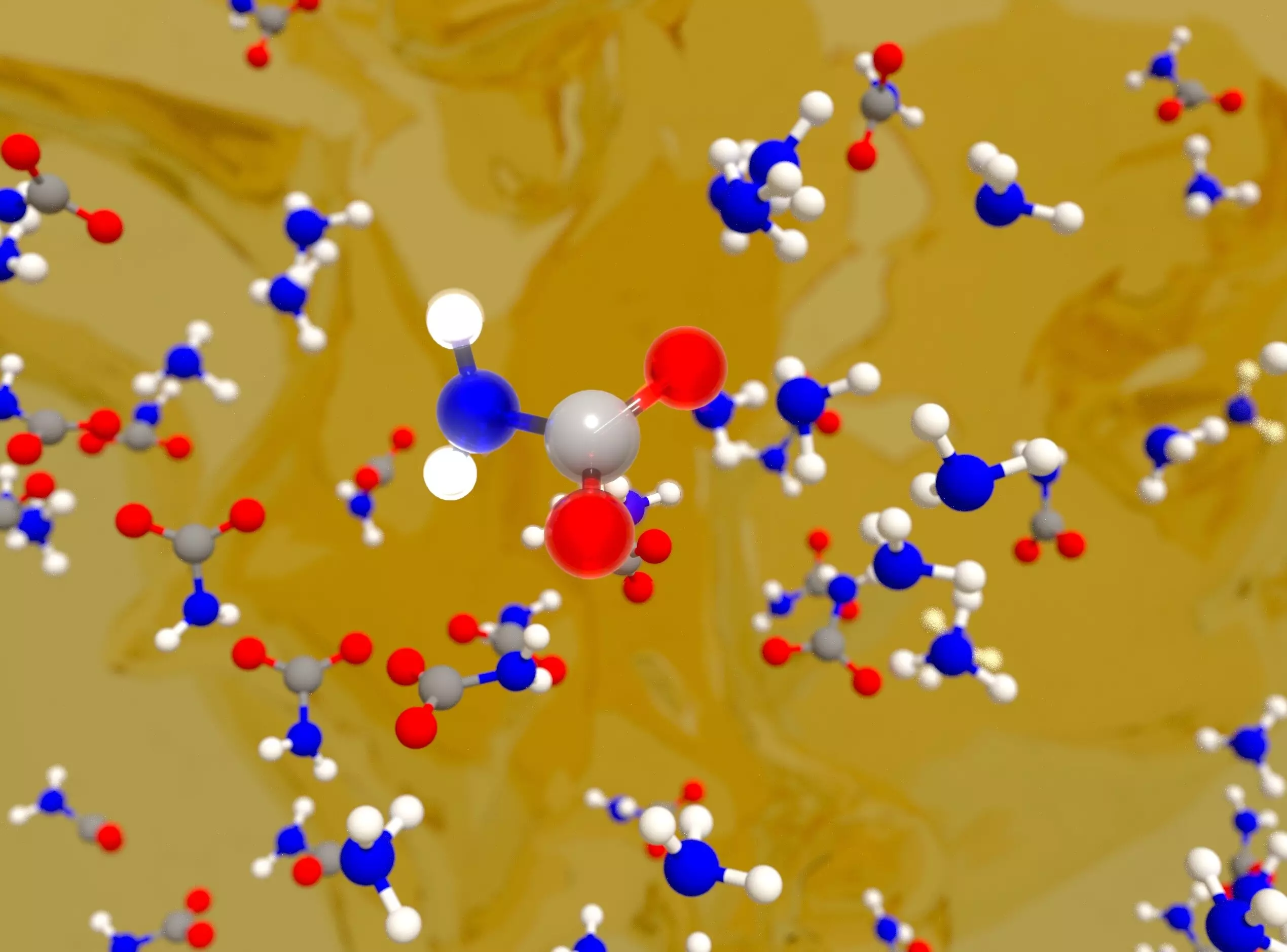The growing concern surrounding climate change has led to an urgent need for innovative solutions to mitigate CO2 emissions. Carbon dioxide is a significant greenhouse gas, and its increasing concentration in the atmosphere has dire consequences for global temperatures and weather patterns. As the world moves towards a greener future, capturing CO2—especially from the air—has become a critical element of climate action strategies. Direct air capture (DAC) technologies show great potential in addressing these challenges. However, their efficacy relies heavily on advancements in materials and processes for effective CO2 absorption.
Recent developments from the Lawrence Livermore National Laboratory (LLNL) have presented new insights into enhancing CO2 capture methods through machine learning. The LLNL researchers have devised a machine-learning model designed to deepen our understanding of how amine-based sorbents function at the atomic level. These sorbents are significant for their capacity to absorb CO2, even in extremely low concentrations, making them an excellent candidate for commercial-scale DAC technology.
Despite our increasing ambition to transition to renewable energy, projections by the U.S. Department of Energy suggest that a substantial portion of energy production will still derive from non-renewable sources as late as 2050. This stark reality reinforces the necessity for not only the development of renewable energy solutions but also the improvement of CO2 capture methodologies that can effectively close the gap in emissions from existing energy production.
The LLNL team’s machine-learning model uncovers the intricacies of CO2 capture processes, revealing that the interaction between amines and CO2 involves the critical formation of carbon-nitrogen bonds. Furthermore, the model highlights complex solvent-mediated proton transfer reactions that play an essential role in stabilizing CO2-bound species. These reactions, influenced by quantum fluctuations, are pivotal to enhancing the overall efficiency of the CO2 capture process. Lead author Marcos Calegari Andrade emphasized the potential of this machine learning approach by stating it could be extended to various amines, thus broadening its applicability in real-world scenarios.
The methodology employed by the team integrates grand-canonical Monte Carlo simulations with enhanced molecular dynamics, showing how machine learning can serve as a bridge between theoretical models and experimental validation. This integration represents a significant shift in research methodology, allowing for a more nuanced approach to understanding CO2 capture mechanisms.
What makes this research particularly groundbreaking is the established connection between computational predictions and laboratory measurements. By creating a feedback loop whereby simulations inform experiments and vice versa, researchers can refine materials and processes with greater precision. Co-corresponding author and project theory lead Sichi Li described this approach as “powerful,” underscoring the importance of combining deep learning with advanced simulations to yield insights that were previously unattainable through conventional research methods.
With ongoing advancements in this realm, significant implications surface regarding the design of next-generation materials aimed at achieving net-zero greenhouse gas emissions. The research team’s collaborative efforts—including crucial contributions from co-authors Tuan Anh Pham and Sneha Akhade—illustrate a profound dedication to addressing one of the 21st century’s most pressing crises.
As the global community amplifies its efforts to combat climate change, machine learning emerges as a transformative tool in the quest for efficient CO2 capture. The innovative findings from LLNL not only bolster our understanding of the fundamental chemistry behind CO2 absorption but also provide a pathway toward developing more effective materials for large-scale climate solutions. This research exemplifies the exciting intersection of technology and environmental science, setting the groundwork for future breakthroughs that could significantly influence our ability to tackle the global climate crisis. The integration of machine learning in environmental solutions will undoubtedly play a pivotal role in shaping a sustainable, resilient world for generations to come.

